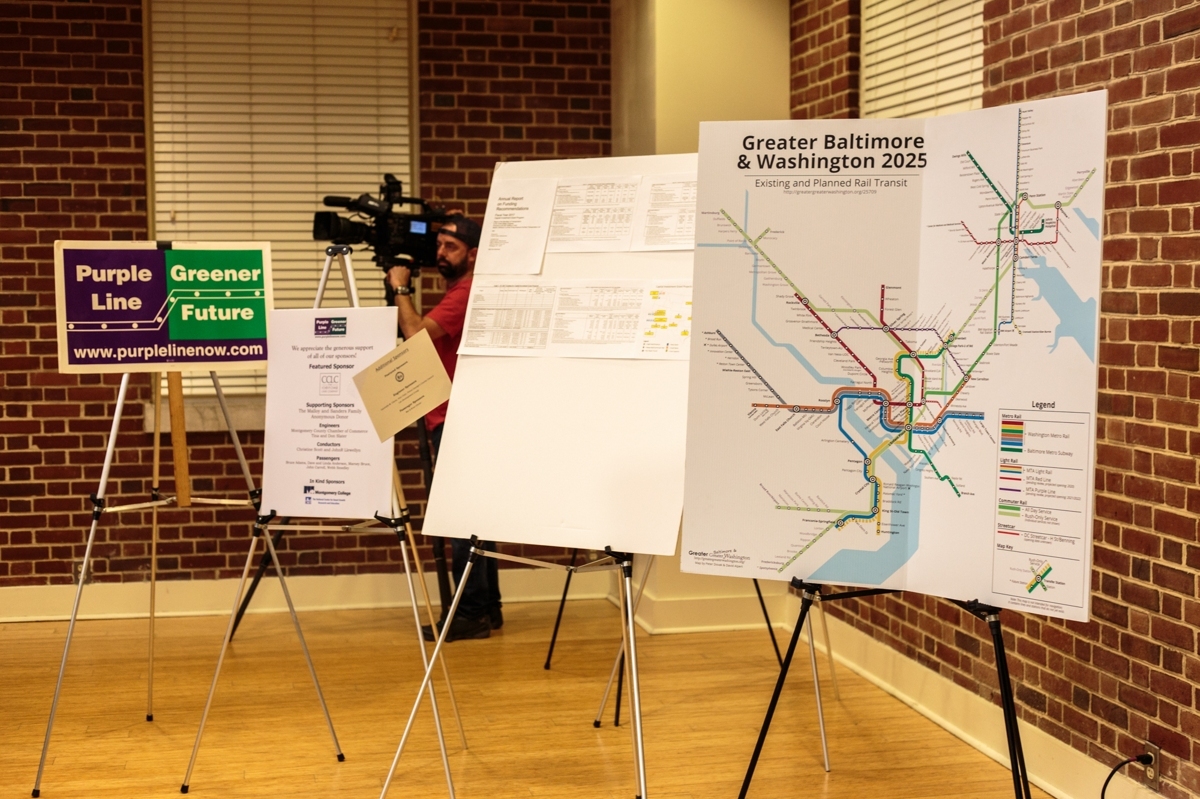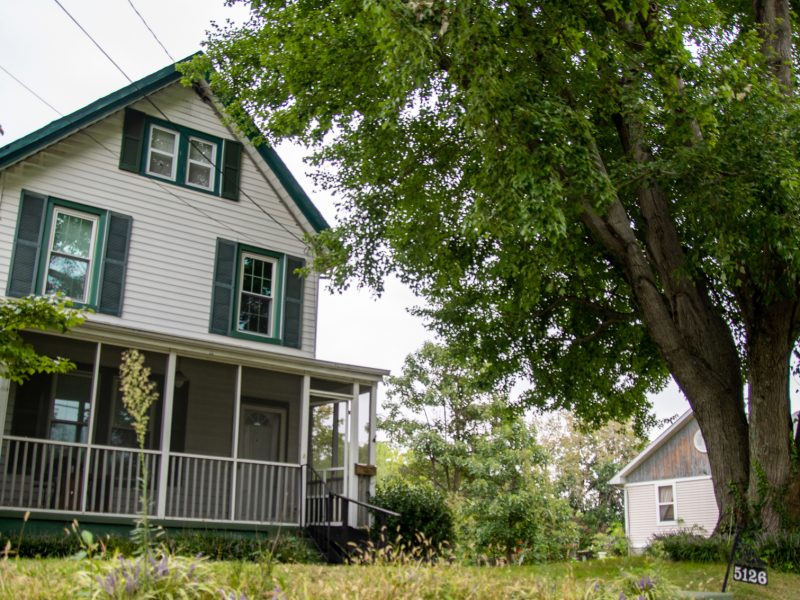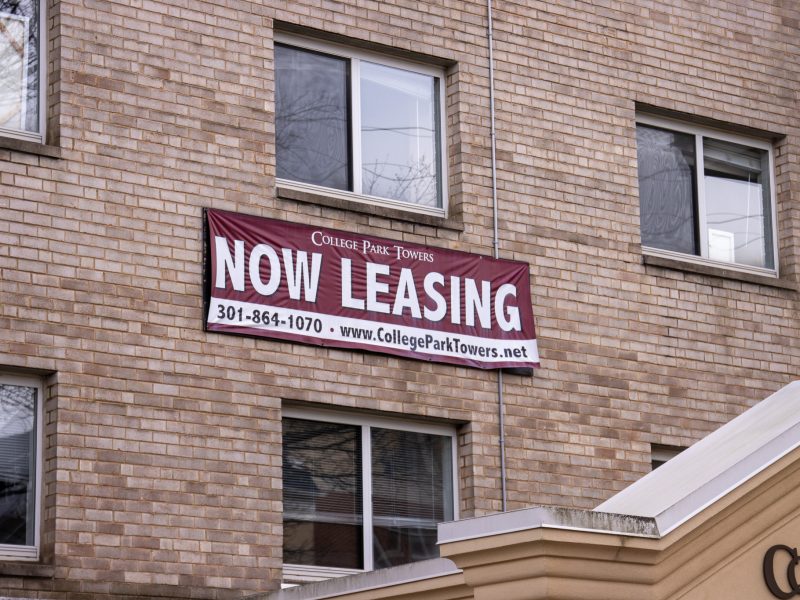College Park officials are still holding out hope for the Purple Line after a U.S. district judge reaffirmed his August decision requiring federal officials to assess the effect that Metro’s declining ridership would have on the rail service before starting construction.
Judge Richard J. Leon’s Nov. 22 ruling prevents construction of the 16.2-mile light rail from moving forward until ridership studies on whether Metro’s declining ridership and safety problems would affect the Purple Line’s long-term ridership are completed.
Leon did, however, retract part of his August decision to have the Federal Transit Administration re-examine the already-approved environmental review in regard to Metro’s declining ridership, stating that federal transit officials should decide whether to reopen the larger environmental study, according to The Washington Post.
The $2-billion Purple Line would extend from Bethesda to New Carrollton, and is expected to provide service by 2022, according to the project’s website.
The line would have five stops on and near the University of Maryland’s campus, including M square, the College Park Metro station, the main entrance to Route 1, on Campus Drive and near Adelphi Road, The Diamondback previously reported.

Future Purple Line route as of February.
The Purple Line’s construction was slated to begin in October prior to delays from Leon’s August ruling, according to The Post.
If federal transit officials decide that an updated environmental review is warranted, it could add months onto the delay.
“Ultimately, I am confident that it will be built,” said Eric Olson, the director of the College Park City-University Partnership. “But these stumbling blocks are not something we would like to see.”
Though the ruling is a setback to Purple Line development, College Park Mayor Patrick Wojahn said he wants “to caution people against reading too much into it.”
He added there is an appeals process that the Maryland Transit Administration and Federal Transit Administration can go through to open up opportunities to overturn the judge’s decision.
While the Purple Line will be owned by the MTA and not the Metro, Leon wrote in his ruling that Metro ridership concerns merit the study, according to The Post.
Twenty-seven percent of Purple Line riders are expected to come from the Metro, which has seen a 12 percent dip in ridership since 2010, according to The Post.
The Purple Line is important for economic development and would help revitalize communities that the line runs through, Olson said.
Relieving road congestion and creating an improved transportation network in this city are key aspects of the Purple Line, Wojahn said, “especially when you have a center for jobs and education where nearly 50,000 people come to every day.”
“It’s very critical that [people] have multiple different avenues of getting [to the University of Maryland],” he said. “And as the area becomes more crowded, it’s only going to be more important.”



